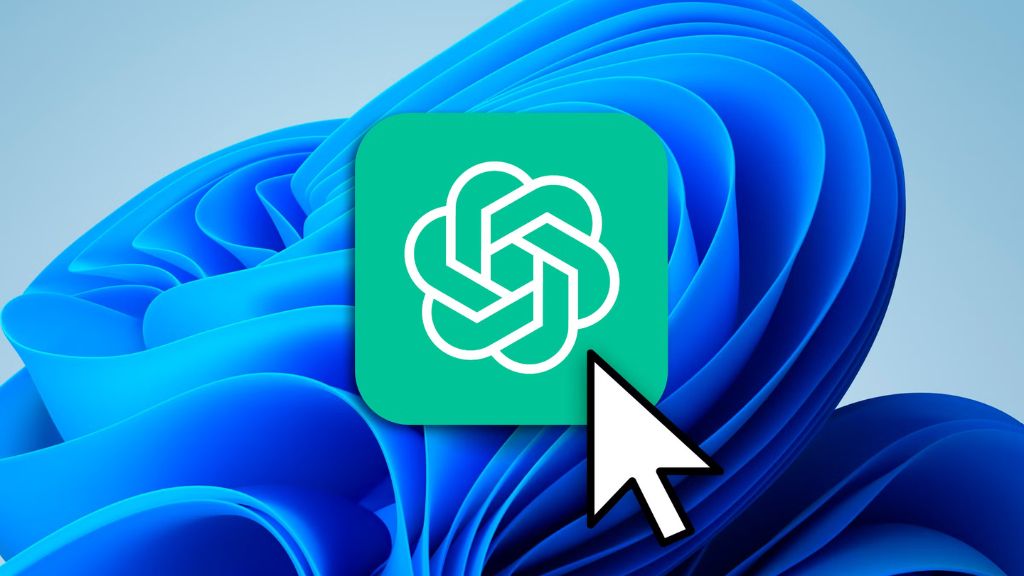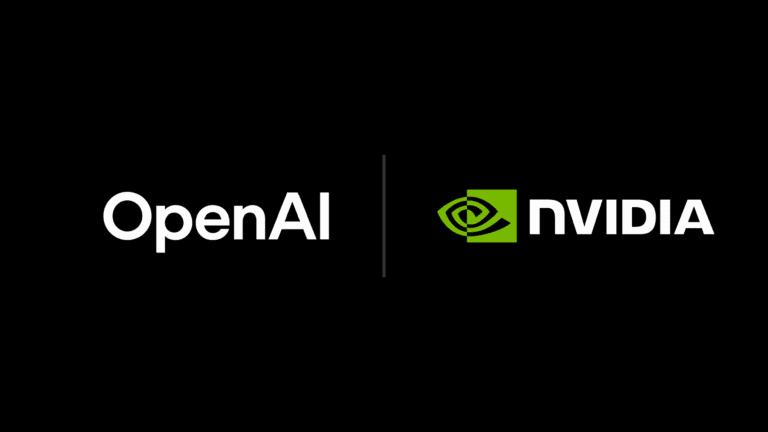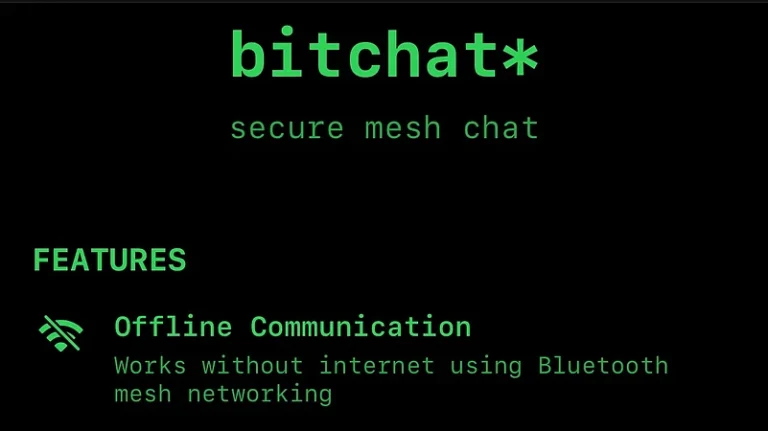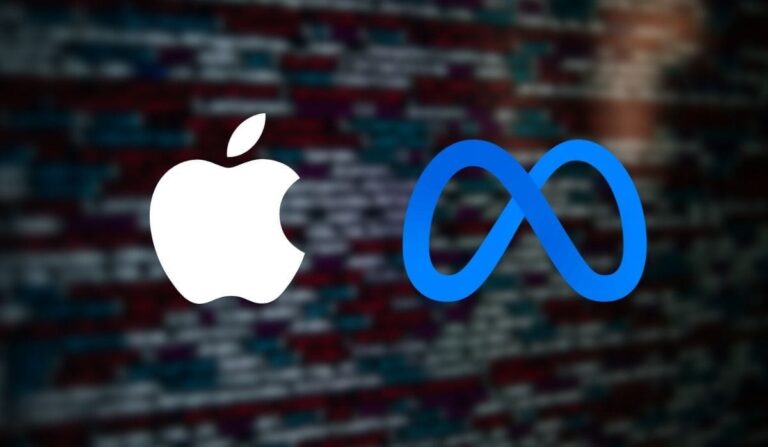
In a move that marks another milestone in the integration of artificial intelligence into everyday computing, OpenAI has announced the introduction of a dedicated ChatGPT app for Windows. This development comes as part of OpenAI’s broader strategy to make its AI technologies more accessible and seamlessly integrated into users’ digital lives.
- Early Access for Subscribers: The application is currently in its testing phase, available exclusively to users of ChatGPT Plus, Team, Enterprise, and Education plans. This early access strategy allows OpenAI to refine the app based on user feedback before a wider release.
- Features and Functionality: According to posts on X and other tech news platforms, the Windows app brings several functionalities from its web and Mac counterparts. Users can expect to engage with the AI in a dedicated window, allowing for multitasking alongside other applications. Key features include the ability to upload files and photos directly to ChatGPT, offering a more interactive experience. However, some advanced features like full voice interaction are still in development.
- Strategic Expansion: The introduction of the Windows app signifies OpenAI’s commitment to platform diversification. Following its successful app launches on iOS and Android, this move addresses the vast user base on Windows, potentially increasing its reach and utility in professional and educational environments.
- User Experience Enhancements: The app introduces a convenient keyboard shortcut (Alt + Space) for quick access, aligning with the ease-of-use principles that have made ChatGPT popular. Furthermore, this version includes access to the o1-preview model, which promises enhanced reasoning capabilities.
- Market and User Response: The tech community on platforms like X has shown considerable excitement, with users expressing enthusiasm for the increased accessibility and integration of ChatGPT into their workflow. However, the limitation to paid subscribers for early access has sparked discussions on the inclusivity of AI advancements.
- Future Prospects: OpenAI plans to roll out the full version of the app later this year, suggesting that all Windows users will eventually have access to this tool. This follows a trend where AI assistants become more embedded in operating systems, mirroring the integration of voice assistants in mobile devices.
This launch comes at a time when AI’s role in daily productivity and creativity tools is growing, reflecting a broader industry push towards making AI interaction as natural as any other form of digital communication. While the initial release targets paying customers, it sets the stage for what might become a standard feature in future Windows environments.
The move by OpenAI could also be seen as a response to increasing competition in the AI chatbot space, where multiple tech giants are vying for dominance by integrating AI more deeply into their ecosystems.
As OpenAI continues to develop and refine its offerings, the tech world watches eagerly, anticipating how such tools will evolve and potentially redefine human-computer interaction.



